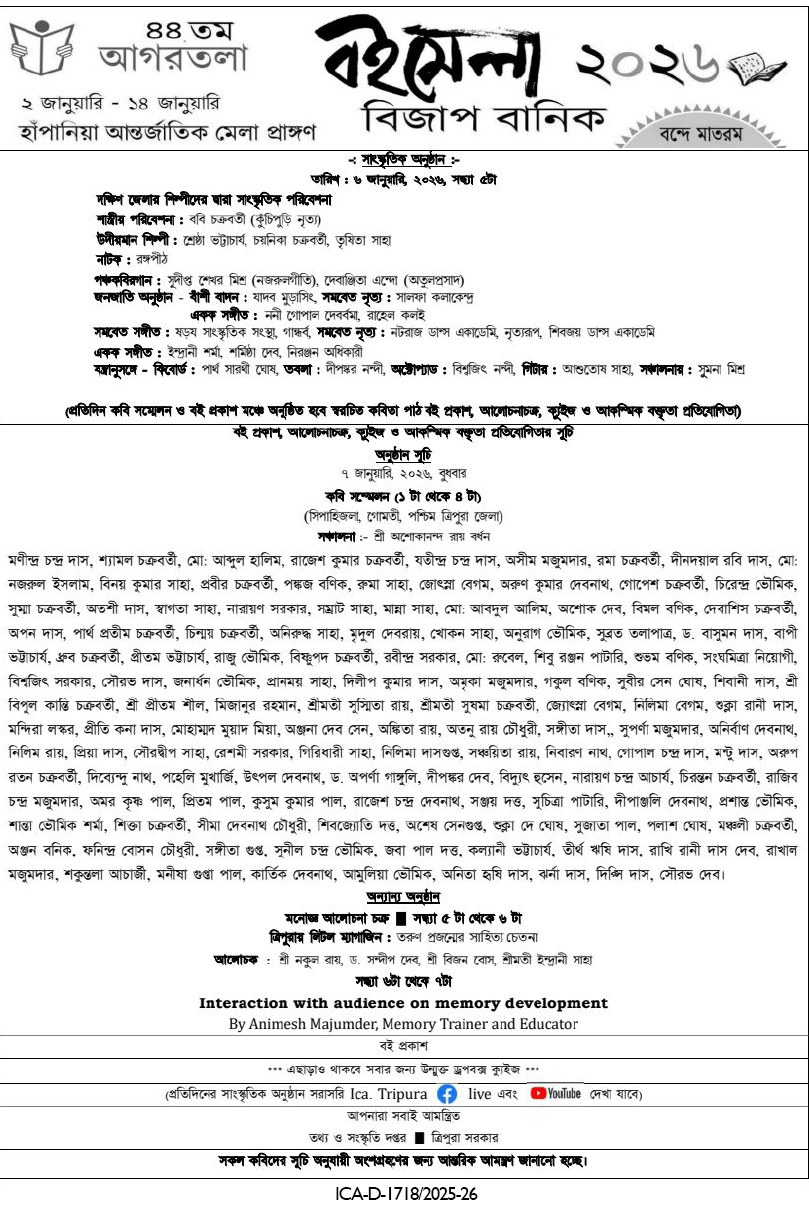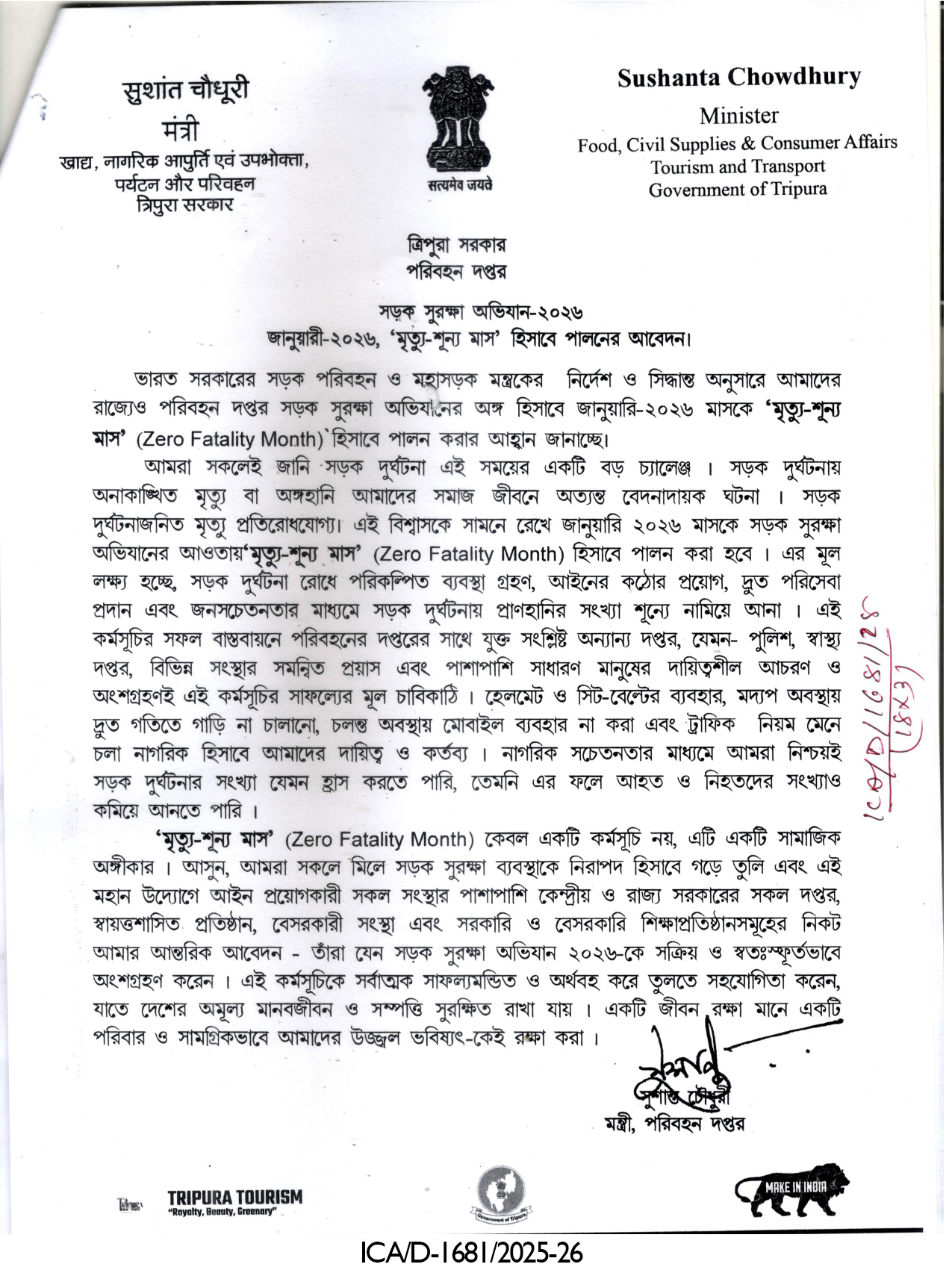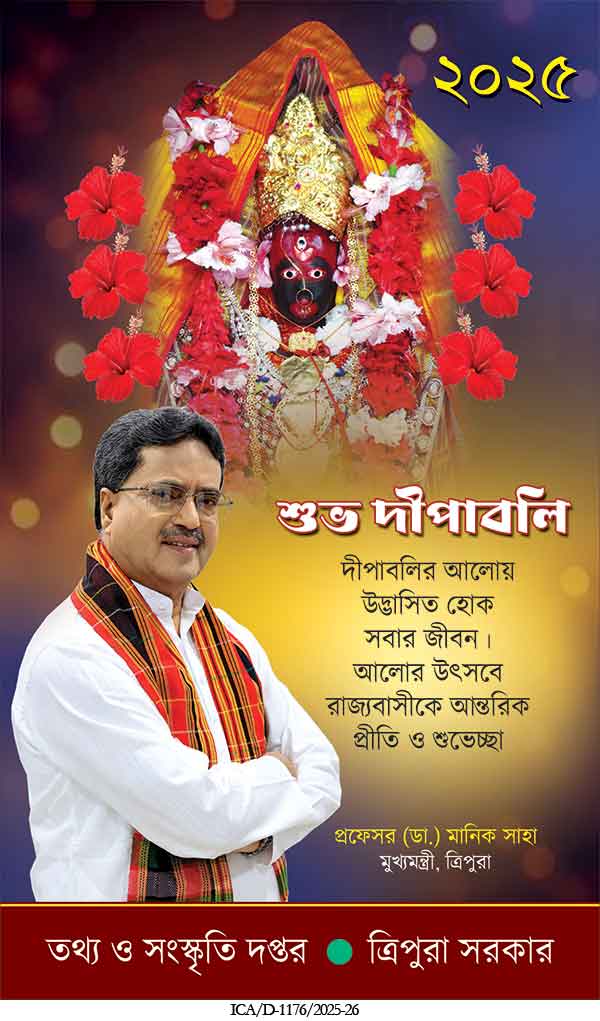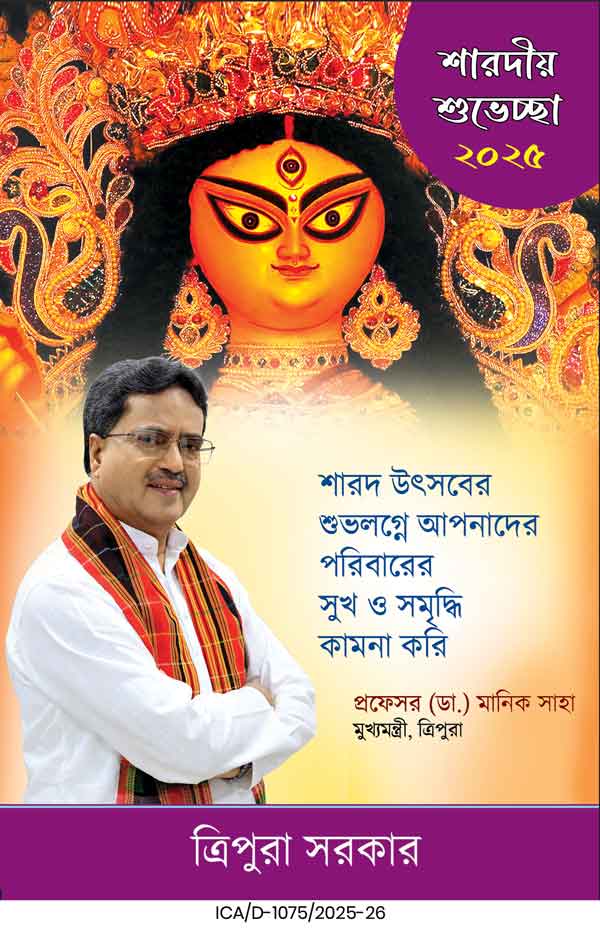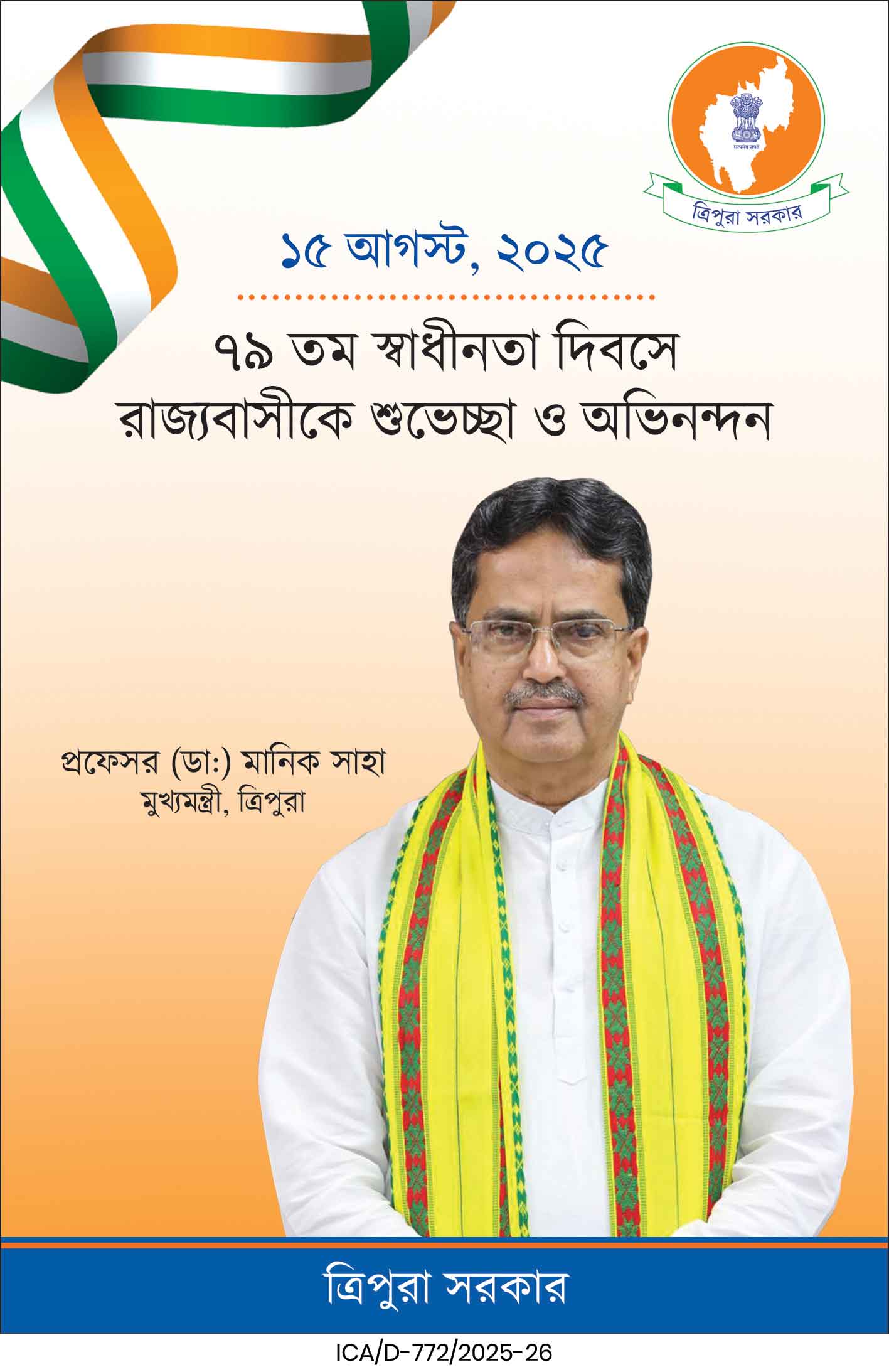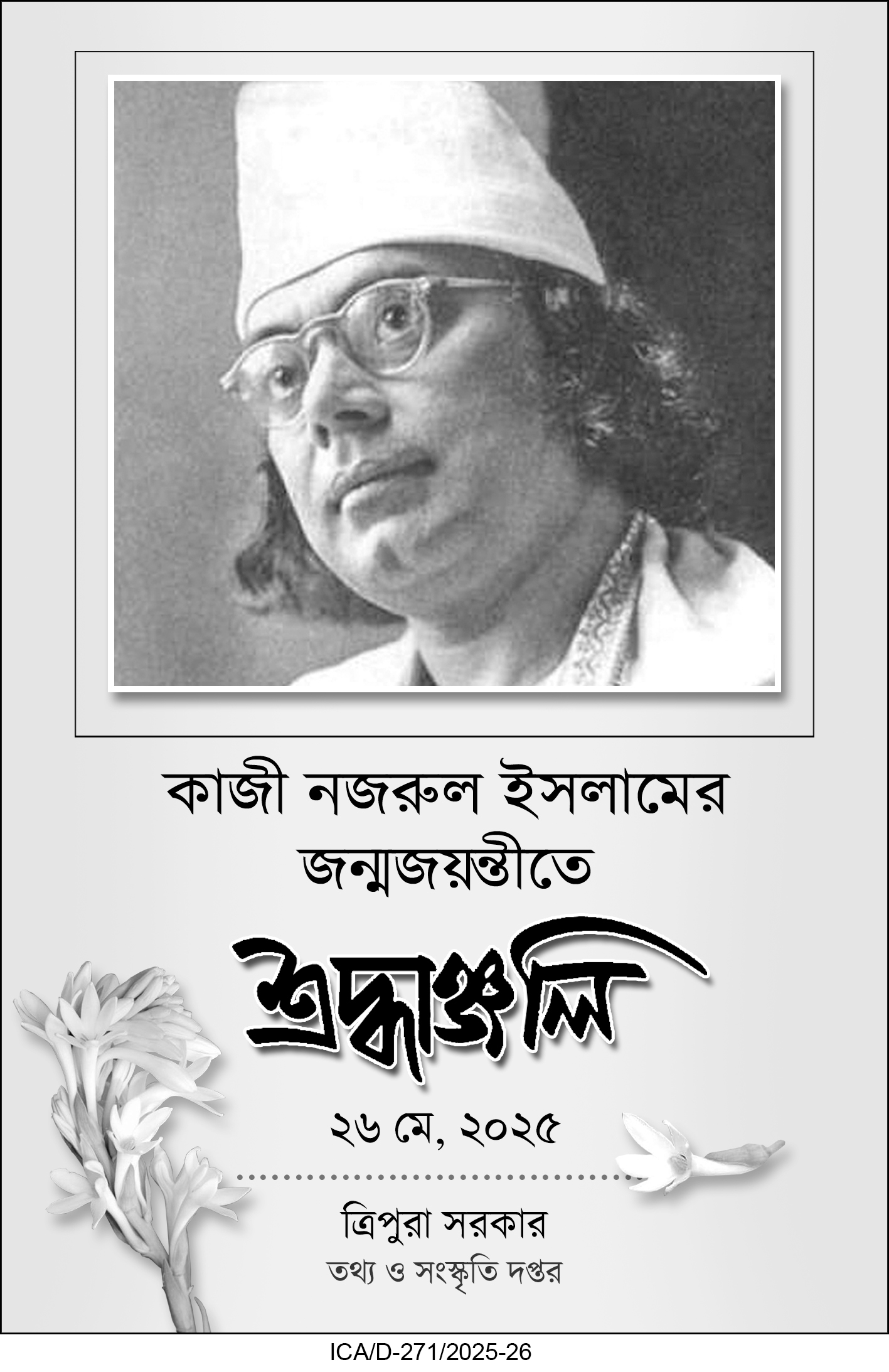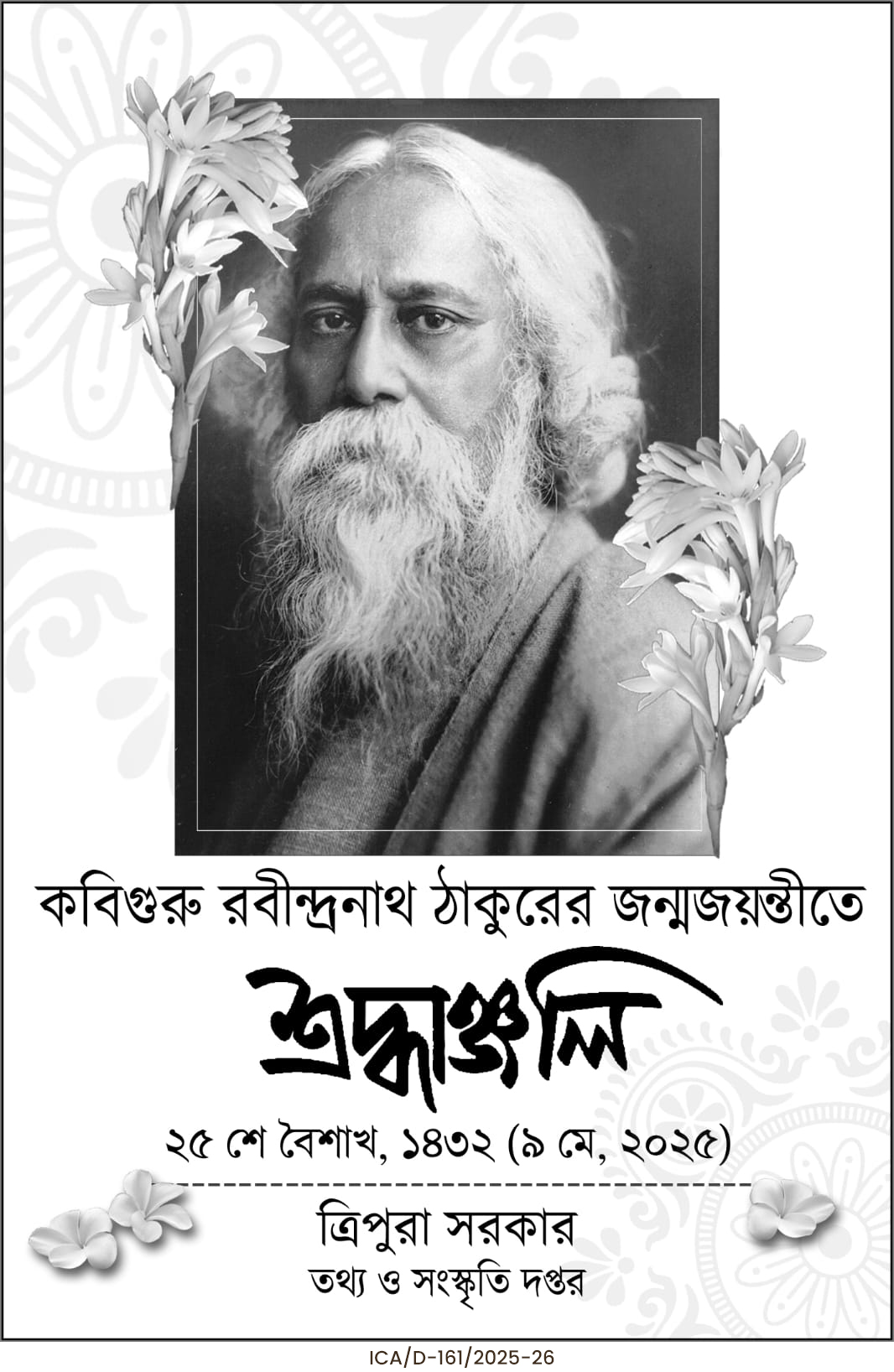Union DoNER Minister Jyotiraditya Scindia emphasized the Northeast’s potential to lead India’s sustainable fashion revolution, rooted in eco-conscious handlooms and handicrafts. At a High-Level Task Force meeting, strategies were discussed to modernize the sector, promote artisan livelihoods, and align with PM Modi’s ‘Fashion for Environment and Empowerment’ vision.
Union Minister for Development of the North Eastern Region (DoNER), Jyotiraditya Scindia, on Tuesday spotlighted the immense potential of the Northeast to become the epicenter of India’s sustainable fashion movement. Aligning with Prime Minister Narendra Modi’s visionary initiative, ‘Fashion for Environment and Empowerment’, the minister stressed the need to harness the region’s traditional strengths in handloom and handicrafts for national and global recognition.
Scindia was addressing a virtual High-Level Task Force meeting dedicated to rejuvenating the handloom and handicraft sectors across the northeastern states. The session, chaired by Nagaland Chief Minister Neiphiu Rio, witnessed participation from Union Minister of Textiles Giriraj Singh, Mizoram Chief Minister Lalduhoma, Assam’s Handloom and Textiles Minister Urkhao Gwra Brahma, and senior officials from Manipur and the central government.
“The Northeast must leverage its rich heritage in handlooms and handicrafts to generate livelihoods, foster innovation, and position India’s cultural legacy on the global stage,” Minister Scindia remarked. He lauded the region’s eco-conscious practices, centuries-old artisanal traditions, and world-class craftsmanship, calling them key assets in propelling India’s sustainable fashion journey.
Strategic Roadmap for Sectoral Revitalization
During the session, the DoNER Minister unveiled a comprehensive action plan aimed at modernizing the sector while preserving its traditional essence. This roadmap focuses on infrastructure enhancement, digital and design innovation, and intensive skill development.
Some key interventions highlighted by Scindia include:
Formation of Artisan Clusters: Grouping artisans to foster collaboration, innovation, and efficient production.
Establishment of Common Facility Centres (CFCs): Providing artisans with access to modern tools, technology, and shared resources.
Selection of 2–3 Flagship Products per State: Identifying unique, high-potential products for national and international branding and promotion.
Scindia stressed that for the region’s crafts to compete on a global platform, there must be a focus on quality, design, branding, and value chain development. “We aim to align Self-Help Groups (SHGs) with global standards and empower them to operate sustainably and competitively,” he said.
The strategy also emphasizes building a bottom-up value chain that enables local communities to participate directly in the production, marketing, and value addition processes.
Collaboration for Sustainable Growth
The Task Force aims to work in collaboration with all stakeholders—state governments, artisans, private partners, and policy experts—to ensure the handloom and handicrafts sector becomes a vital pillar of sustainable development and inclusive progress across the region.
Union Minister of Textiles Giriraj Singh echoed similar sentiments, expressing his ministry’s full support in modernizing traditional practices and improving market access through digital platforms and export-oriented strategies.
Nagaland Chief Minister Neiphiu Rio, in a series of posts on social media platform X, expressed gratitude to Union Ministers Scindia and Singh for their guidance and support. “I request all the states to take prompt action and adhere to the timelines of the draft document,” Rio stated.
He further said, “Convened a meeting of the High-Level Task Force on Handloom and Handicrafts in the NER. Discussions were fruitful and gave us valuable insights to take the sector forward. The ideas shared will lead to strong, practical plans to support and promote the sector across the NE states.”
Rio also shared details of a separate review meeting held with Scindia specifically focused on Nagaland’s development blueprint. “Grateful for his time, understanding, and valuable feedback. Looking forward to his continued guidance and support in ensuring that development reaches every corner of the State,” he added.
Institutional Backing for Northeast’s Development
The formation of these High-Level Task Forces is part of a broader institutional effort initiated by the Ministry of DoNER following the 72nd plenary session of the North Eastern Council (NEC), which took place in Agartala in November last year. These task forces were entrusted with formulating targeted strategies for the integrated and holistic development of the North East Economic Corridor.
| Also Read: Tripura CM calls for drone use to curb illegal ganja cultivation |
As India pushes towards a greener, more inclusive economic future, the Northeast—rich in tradition, resources, and talent—is being positioned at the forefront of a sustainable fashion and cultural revolution. With committed leadership and strategic interventions, the region’s handloom and handicraft sectors are set to transform into engines of employment, empowerment, and environmental harmony.

